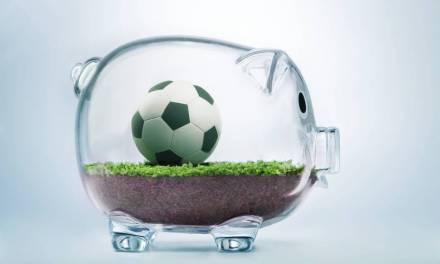Pupils often arrive at secondary school relatively well-prepared for what’s ahead of them – they’ll have their comically oversized bag, their brand-new pencil case, a timetable and a map of the school. But how well prepared for secondary PE lessons are they? In this article, we explore strategies that you may use to support pupils in the transition from primary to secondary PE lessons.
Previous experience
A secondary PE teacher must consider the varied experiences that the children in their Y7 class may have had in terms of physical activity and sports. Whilst it is pleasing that research from the Active Lives Survey (2021) shows that activity levels among infant-age children (Years 1-2, ages 5-7) are consistent, levels of activity remain down among junior-age children (Years 3-6, ages 7-11) following drops at the start of the pandemic in 2020.
Whilst this fall in levels is concerning, when coupled with the knowledge that the PE provision in primary schools is not always of consistently high quality, often as it is delivered by non-specialists, this information becomes alarming. It is therefore imperative that secondary PE staff take time to perform a baseline assessment with all of their new Y7 pupils to gauge their practical ability and to accurately assess the needs of their groups. This assessment period may lead to setting by ability, based on your department’s viewpoint on this, or it may lead to a period of skill development in order to ensure all pupils can perform basic skills to a decent level.
Different activities
Swimming is a compulsory part of the primary PE curriculum, and as a result, a large amount of time and resources are directed towards this activity by primary schools – the Active Lives Survey (2021) found that 41% of the physical activity that was undertaken by pupils in this age group was a swimming-based activity. Traditional secondary sports and activities may be overlooked, both due to the focus on swimming and also a lack of facilities such as sports halls to take part in certain sports. Pupils may therefore be complete novices in these activities, and require lots of guidance on the rules and regulations in order to take part confidently.
Pupils may also come to you with very positive or very negative opinions of some sports based on their experience of them at primary school. Try to encourage them to leave their previous conceptions at the door, and try things ‘your way’.
Set expectations – changing routines
It is likely that your facilities, including changing spaces and the spread location of teaching spaces across the school, are very different to the facilities that pupils experienced in primary school. Take time to set your expectations and teach pupils the basics – how to get changed, including where to put their blazer, tie, and shoes to avoid losing items, how to pack their bag, where to line up, and how to move around the school site. Pupils will be unfamiliar with these routines and they will benefit from careful explanation and repetition in order to fully meet your expectations. Also, spend time explaining to pupils the different kit requirements for certain activities and how best to organise themselves to ensure that they meet these requirements. They may be used to leaving their PE kit on their own peg outside their classroom, so make sure you are explicit in your instructions for their new routine.
Use PE Office to help with transition
PE Office has been perfectly designed to integrate both primary and secondary PE lesson plans and schemes of work to assist departments with their deliverability. Both secondary and primary can take advantage of integrated video clips from elite performers explaining and demonstrating how to properly perform certain skills and movements.
The PE Office can make your PE lessons more engaging, subsequently making your students more enthusiastic during activities. If you would like to learn more about the platform then call 01909 776900, send an email to mail@peoffice.co.uk or book an online demonstration here.










